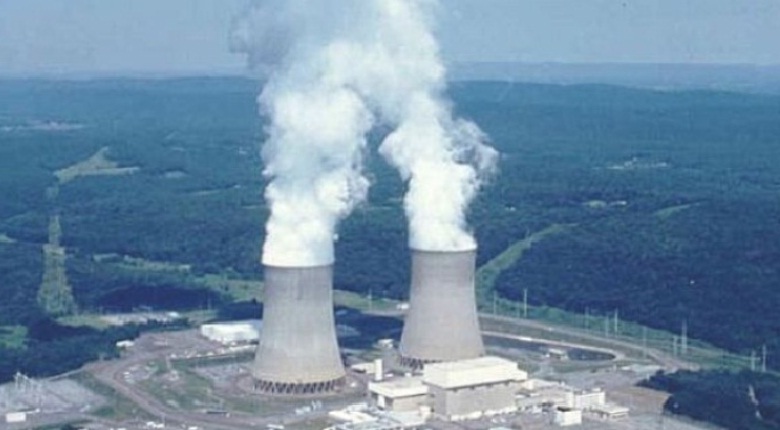- May 27, 2021
- No Comment
- 244
Biden Administration to provide help for sinking US Nuclear Industry

The Biden administration seeks to develop a clear policy regarding nuclear energy. The US is looking to de-carbonize by having a carbon-free electricity system by 2035 and a net-zero economy by 2050. Our reliable sources have confirmed that there’s a deepening understanding with the administration that it needs nuclear to meet its zero-emissions goals. Point to be noted that the world’s largest nuclear power fleet is still in the United States where 94 reactors in 28 states produce over 20% of the country’s electricity. The average age of these plants is 39 years and usually operating through licenses to run for 40 years with possible extensions. However, nuclear energy is a contentious subject in the western world where its future looks increasingly bleak. Nuclear power plants are still the major source of carbon-free electricity in most developed countries.
Moreover, the related risks easily swing voters towards less dangerous sources in spite of the industry’s excellent track record. S&P Global Platts Analytics report has indicated that roughly 8 GW is slated for retirement while another 5 GW is at high risk of retirement before license expiration. The replacement (most likely gas-fired power plants), could produce 39 million mt/year of CO2, or 2% of the emissions in 2016 if these plants were to be closed. It is important that New York’s 59-year-old 1.04 GW Indian Point nuclear power plant was already closed last month. So, the Biden administration’s ambitious climate objectives could be at risk of failure if these retirements go through. Renewable energy systems have experienced amazing growth over the past decade. The EIA also said hydro renewable systems are on track to produce just 40 percent of the country’s electricity by 2050.
Moreover, 2 factors are driving nuclear power’s decline in the US. First, public opinion is not favorable due to the necessity for long-term storage of radioactive waste and the fear of accidents such as the one at Three Mile Island. Second, the fracking revolution in the US and the flooding of the market with cheap natural gas, have driven down the costs of power generation. The Biden administration, however, is looking for ways to support the industry to reach the climate objectives. There are 2 alternatives, a nuclear production tax credit could be used similarly comparable to the one supporting wind and solar generation, and the other is that funding could be provided through the American Nuclear Infrastructure Act. It is noteworthy that Energy companies are already warning of closures if the support doesn’t materialize in the short term. But, bipartisan support could lead to the further development of the US nuclear industry.








